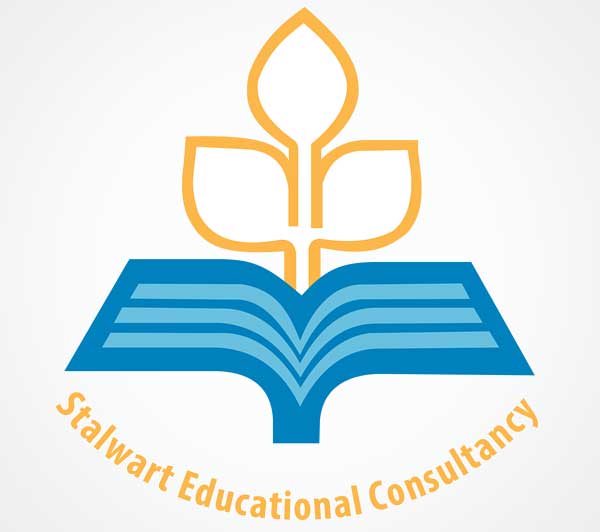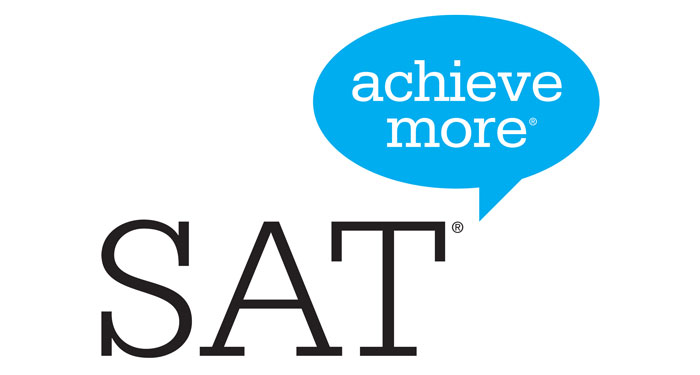SAT
SAT (Scholastic Assessment Test)
Any student planning to pursue an undergraduate course in the US would need to prepare to take the Scholastic Aptitude Test or the SAT®. The SAT is a common admission test to secure admission in the colleges abroad. The SAT scores and plus two marks combine to become a strong predictor of first-year college success. And soon, the SAT will have an even stronger connection to the work that students are doing in the classroom. Before redesigning the test, the test makers – College Board looked at the research that shows what skills and knowledge students need to know to be ready for college and career. They also collected feedback from students, parents, teachers, and college and university professionals. The result is a test that is more useful, focused, and clear than ever.
Key Changes
The new SAT for the first time won’t penalize students for wrong answers, will offer them the option of writing an essay and will no longer test for vocabulary words they likely haven’t heard, according to the College Board. One of the key changes is that the SAT will focus on words students consistently use in college. Changes to the redesigned SAT include an in-depth focus on essential areas of math, context-based vocabulary words, the elimination of the guessing penalty, and “evidence-based reading and writing.” The math section will focus on three areas: problem solving and data analysis; mastery of linear equations; and familiarity with more complex equation. Students are expected to have about three hours for the math and evidence-based reading and writing sections, with another 50 minutes to do an optional essay. The essay was compulsory previously.
The fee for attempting the test is approximately 106 USD payable using credit card. Online registration can be completed by visiting the site at SAT Registration SAT scores are valid for 5 years.
Aditional resources:
https://collegereadiness.collegeboard.org/sat/test-design/key-changes
www.sat.org/practice
The exam structure reflects the relationship between the two literacy skills – Reading and Writing; and their shared focus on textual evidence, relevant words in context, and application of skills across the curriculum.Questions will test students on analysis in history/social studies and analysis in science. On vocabulary, the SAT will focus on words that derive their meaning from the contexts in which they are used. There are 52 questions/tasks to be answered in 65 minutes.
Writing and Language Test:In this component, the test puts students in the active role of an editor who is improving a written passage. Most questions ask students to decide which, if any, of the three alternatives to an underlined part of a passage most improves it. All Writing and Language passages will be created especially for the test so that errors can be intentionally introduced. They address topics related to careers, history/social studies, the humanities, and science. Some questions will test students on the expression of ideas. Other questions test students on their understanding of standard English conventions. These ask students to edit text so that words, phrases, sentences, and punctuation are used appropriately and in a way that is consistent with the practices of standard written English. Other questions will ask students to improve passages by using words carefully and with purpose. There are 44 questions/tasks to be answered in 35 minutes.
Students’ essays are evaluated in terms of reading, analysis, and writing. Every SAT Essay will be read by two scorers. Each scorer will award 1 to 4 points each in reading, analysis, and writing. The scores will be combined for a total of 2 to 8 points in each of the three categories.
Test length and timing: Redesigned SAT will be for 3 hrs with additional 50 minutes for the optional Essay. A total of 154 questions/tasks are covered in the tests whereas the old SAT is for 3 hours 45 mins with 171 questions/tasks.Generally the time needed for preparing for the GMAT is 2 to 6 months, depending on individual abilities. Coaching under an expert trainer on the subjects will definitely help you score better while cutting down the preparation time. It’s important to keep a preparation plan with a schedule then monitor your progress by taking the mock tests provided and stay positive. The most important way to prepare is to become familiar with the GMAT exam. The keys to a successful GMAT exam are knowing your own skill and ability level, what areas you are good at, and what you still need to master and adjust your own study habits accordingly. Familiarize yourself with the test structure, format, and types of questions you will face. Practice questions with answer explanations, and two full-length practice tests based on retired questions which are available for free to registered users of mba.com, the official GMAT test maker. Ultimately, it’s how smart you study, not just how long you study that matters. Plan a study strategy that allows you however much time you need to feel prepared and one that addresses your own test-taking challenges so that your exam results reflect your ability.
Score Reporting: The new scale ranges from 400 to 1600 against the old SAT scale of 600 to 2400. Scale ranging from 200 to 800 for Evidence-Based Reading and Writing; 200 to 800 for Math; 2 to 8 on each of three dimensions for essay and easy results reported separately.
In conclusion, the positive aspect of the test is it’s easy on the vocabulary. However, it requires high emphasis on reading skills to interpret and pin point correct ways against wrong ways. Consistent reading habits are encouraged to make the test easy.

